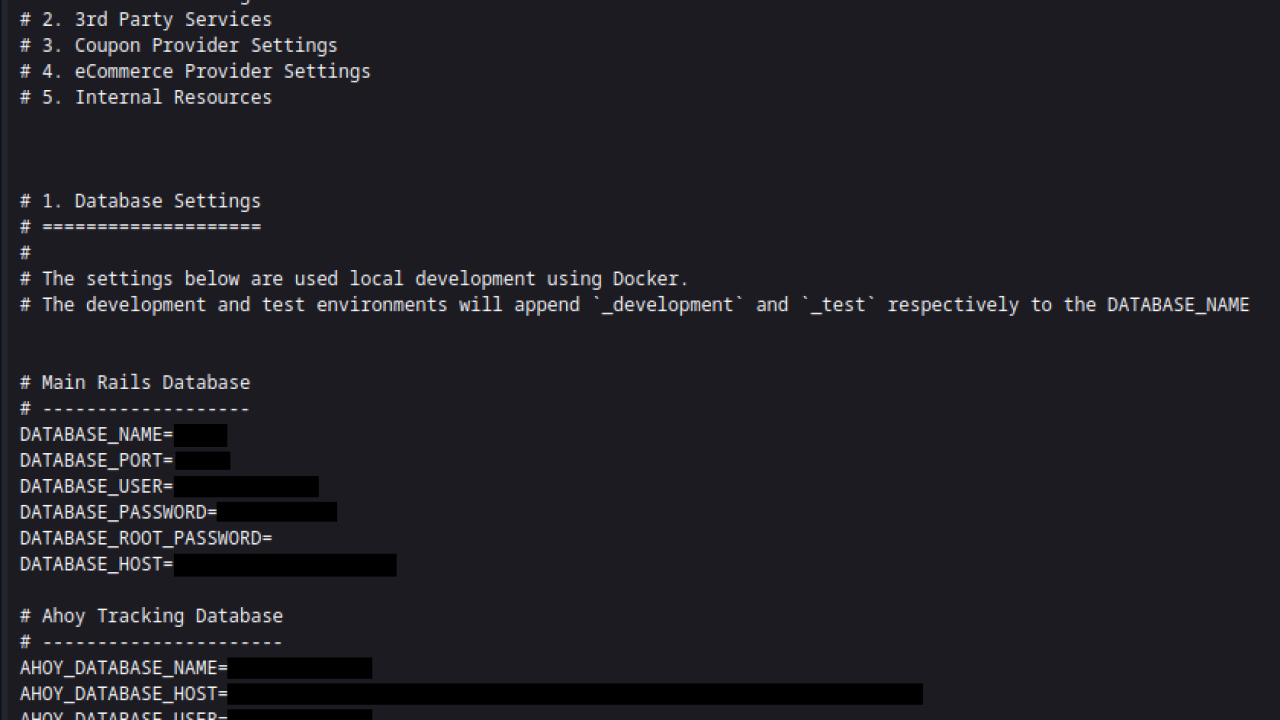In an era where digital defense mechanisms are continuously put to the test, a new nemesis has emerged from the shadows, targeting the very backbone of our mobile communications infrastructure. Dubbed GTPDOOR, this Linux backdoor has been masterfully crafted to infiltrate mobile carrier networks with surgical precision, posing an unprecedented threat to telecom security.
Unearthed by the vigilant eyes of security researcher HaxRob, GTPDOOR’s emergence is a stark reminder of the ongoing battle between cybersecurity experts and the dark underbelly of cyber espionage.
The Anatomy of GTPDOOR’s Siege
Central to the operation of modern mobile networks are the GPRS roaming eXchange (GRX), and its accompanying network components, including the Serving GPRS Support Node (SGSN), Gateway GPRS Support Node (GGSN), and the Packet Gateway (P-GW).
These elements are vital cogs in the machinery that ensures seamless data roaming across continents, facilitating the uninterrupted flow of communications that we’ve come to rely on.

However, it’s precisely these critical network components that GTPDOOR targets, exploiting vulnerabilities with the precision of a skilled surgeon. By embedding itself within the infrastructure, it opens a clandestine gateway for attackers, granting them unfettered access to a treasure trove of sensitive data and network resources.
This insidious attack vector is not just a breach; it’s a potential calamity for mobile operators worldwide.
The Shadowy Architects: LightBasin
Attribution for the Linux backdoor’s creation falls at the feet of the infamous “LightBasin” threat group, also known by the moniker UNC1945. Renowned for their intelligence-collection campaigns aimed squarely at the telecommunications sector, LightBasin’s fingerprints on GTPDOOR underscore the strategic significance of this backdoor.
With versions of the malware uploaded to VirusTotal in late 2023 slipping past antivirus defenses, the sophistication of this Linux backdoor is undeniable.

Behind Enemy Lines: GTPDOOR’s Modus Operandi
The backdoor program’s efficacy as a tool for covert operations lies in its utilization of the GPRS Tunnelling Protocol Control Plane (GTP-C). This clever manipulation of legitimate network traffic and the adoption of permitted ports allow GTPDOOR to move undetected, sidestepping traditional security measures with ease.
Furthermore, its ability to disguise its process name to mirror legitimate system processes adds a layer of invisibility to its operations, making detection a formidable challenge.
Know the detection strategies to check if there's a Linux malware in a network.https://t.co/cUrNWAeYkS
— Tech Times (@TechTimes_News) March 4, 2024
Fortifying the Frontlines
In response to this looming threat, cybersecurity professionals emphasize the importance of vigilant monitoring for anomalies such as raw socket activities, unusual process names, and specific malware signatures.
The deployment of GTP firewalls and adherence to GSMA security guidelines are touted as essential measures in the arsenal against GTPDOOR, aiming to safeguard the telecom infrastructure from this and other sophisticated cyber threats.

A Call to Arms
The unveiling of GTPDOOR is not merely a revelation; it’s a clarion call to the telecommunications industry and cybersecurity communities worldwide. In the face of such sophisticated threats, the necessity for proactive detection, coupled with robust defense mechanisms, has never been more critical.
As the digital age progresses, the security of our telecommunications backbone will remain paramount, demanding constant vigilance and innovation to ward off the shadows that seek to undermine it.


